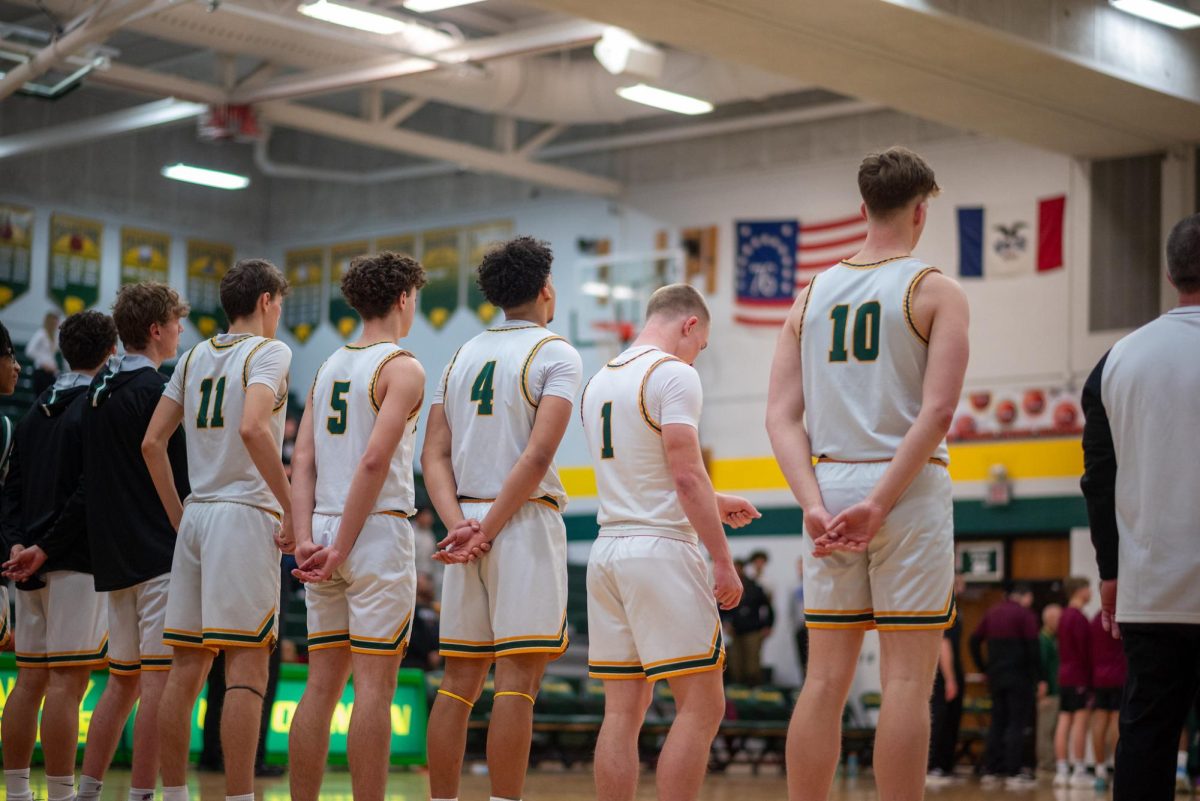Cedar Rapids Community School District (CRCSD) teachers have struggled with student engagement and participation leading teachers to be frustrated and working harder to find ways to spark students’ interests. But what is the cause of students’ inactivity?
Teachers think that the lack of engagement is due to the shortened attention spans, however, this is not always the case. Some students with shorter attention spans can still become involved in lessons than those who just don’t care to learn.
“My most challenging students are not those with short attention spans. Those who are disinterested and apathetic are the toughest to reach,” Spanish teacher Janice Jauhieinen said. “With these students, I would honestly be thrilled if they were just fighting a short attention span. I could at least reach them in their moments of attention.”
Teachers are finding that disinterest is becoming more apparent recently.
“I am most concerned about the students who put their head down, don’t engage with partner work, don’t attend class regularly and who really seem to have no real direction or motivation,” Jauhieinen said. “I am definitely encountering many more of this type of student. It’s almost like they have lost their will to learn. They struggle to find the purpose behind most anything I attempt to discuss with them.”
Since there is a struggle to get students active in class, teachers have to establish new ways to create more effective methods. Some teachers do this with in-class notes, while others make students talk in front of the group. A few methods that teachers find effective are group work and different activities around the room.
“I try a mix of things to keep students engaged,” AP Human Geography teacher Ethan Divis said. “I try to change what we are doing every 20-30 minutes, that way things aren’t one massive chunk of work. I also try to change the activity or the lesson up as to what we specifically do that day.”
Teachers and staff members are not the only ones who have noticed this change. Students themselves have noticed peers finding less interest in class. Some find electronics could be a cause of this detachment.
“I see teachers struggle to get students’ attention. When the teacher is talking and groups are just doing their own thing. Teachers, I feel, struggle to fully reel them in,” sophomore Addison Kellogg said. “I feel like phones are a big [distraction]. Some kids may rush to have phone time, or others completely ignore teachers and do what they want whenever.”
However, students have also agreed that there are certain tactics or methods that teachers can use to keep the engagement level higher. They have found that the constant change of activities, seating or topics can keep them from losing interest.
“I would say switching up seats more than once a semester and not talking to us the whole hour and a half,” Kellog said. “If we have fun ways to remember things and breaks, we retain information in a way we understand.”


































